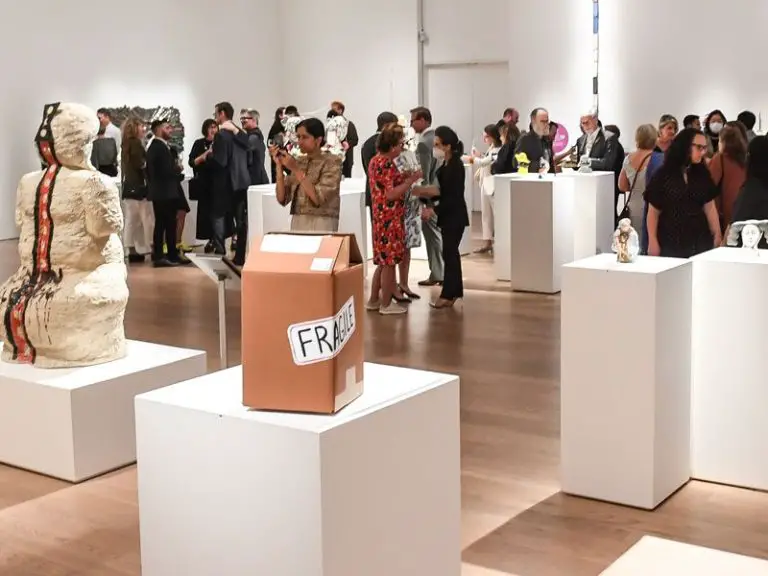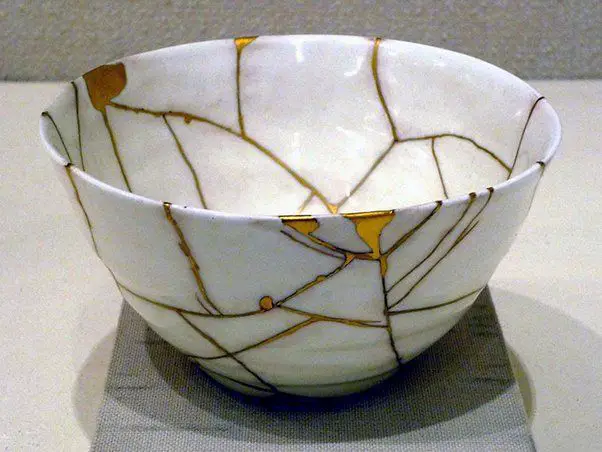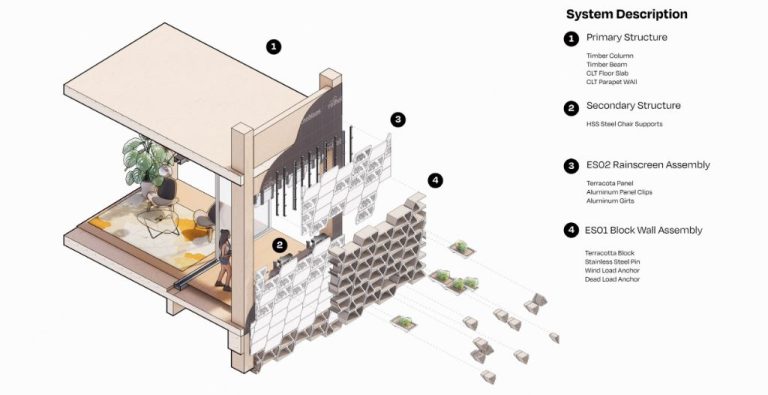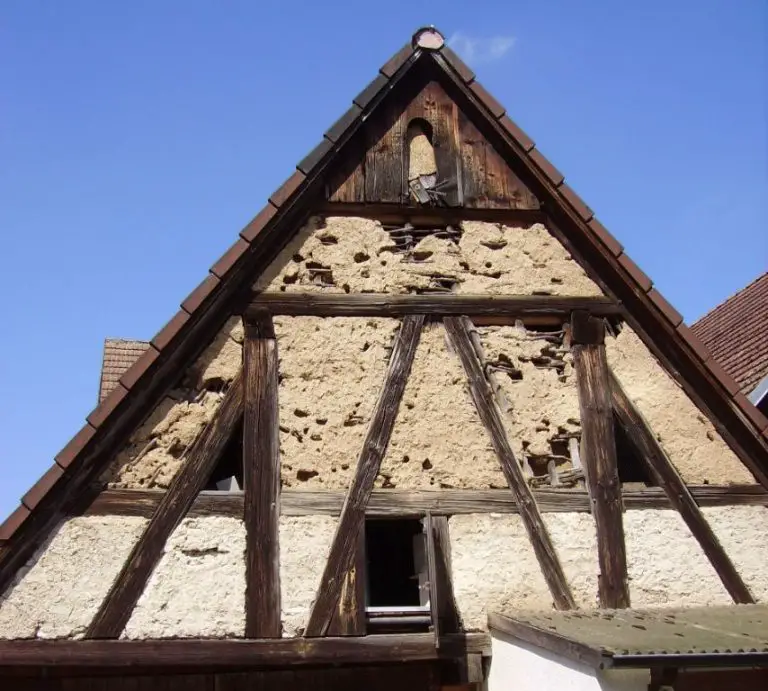How Do You Make Clay Figures Smooth?
Sculpting smooth, detailed clay figures is a satisfying hobby that allows artists to bring their imaginations to life. With practice and by following key techniques, clay sculptors can create figures that appear polished and professional.
Learning to sculpt smooth clay art is rewarding because you get to see your vision take shape with your own two hands. As you gain experience working with clay, you’ll be able to craft intricate figures, texture details, and dynamic poses. Your unique clay creations can be displayed, given as gifts, or used as keepsakes.
This guide will walk through the essential supplies, sculpting methods, drying, sanding, and finishing steps to help you make clay figures with a smooth, flawless look. With some patience and the right techniques, you’ll be sculpting and polishing stunning clay masterpieces.
Gather the Right Supplies
To sculpt smooth clay figures, start by gathering the right clay types and essential sculpting tools. The clay type you choose depends on your project and desired finish. Here are some top options:
- Polymer clay: A modeling clay that air-dries and requires baking to harden. Great for smooth detailing.
- Oil-based clays: Like plasticine. Remain soft and never fully cure, allowing an infinite work time. Easy to keep smooth.
- Water-based clays: Air-dry over time. Less smooth than other clays but work well for solid sculptures.
Essential sculpting tools include:
- Armature wire: Creates the framework over which you’ll sculpt.
- Carving knives: Used to cut, shape, and refine the clay.
- Sculpting tools: Allow you to sculpt finer details and textures.
- Clay shapers: Help smooth seams and blend clay together.
- Wooden modeling tools: Help shape softer clays smoothly.
Prepare the Clay
Properly preparing your clay is one of the most important steps for achieving a smooth finish on your clay sculptures. Here are some tips:
First, make sure to store your clay properly when not in use. Keep it wrapped in plastic to prevent air exposure and drying out. Store clay in a cool, dry area away from direct sunlight.
When you’re ready to use the clay, start by cutting or tearing off chunks as needed. Then begin kneading and wedging the clay to warm it up and make it more pliable. This also helps align the clay particles.
As you knead, squeeze out any trapped air bubbles. Air bubbles can create weak points and cracks when the clay dries. Cut into air pockets and continue kneading until the clay has a uniform consistency.
Wedging involves folding and compressing the clay into itself. Cut the clay in half and smack the two pieces together. Then press down firmly and rotate the clay 90 degrees. Repeat this process, working the clay until it’s smooth, elastic, and lump-free.
Taking the time to properly prepare your clay will allow you to sculpt smooth surfaces and consistent details once you start shaping your figures.
Use Armatures
Armatures provide structural support for clay sculptures, allowing you to create figures with outstretched limbs or complex poses. Armatures are typically made from wire, aluminum foil, or other materials that can hold their shape while supporting the weight of the clay.
To create an armature, bend and twist the wire into the basic shape of your planned sculpture. Use pliers to add definition and angles to the limbs and body. Aluminum foil can be wrapped around the wire to bulk up thin areas and build the general form.
Once your armature is constructed, secure small pieces of clay over it bit by bit to slowly add mass. Press the clay firmly onto the armature so there is no risk of it becoming detached while you sculpt. Cover all of the wire or aluminum to prevent it from showing through or shifting when you add finer details. With a strong armature supporting it, you can sculpt figures in complex poses with extended arms and legs.
Sculpt the Figure
Once your clay is prepared and you have an armature in place, it’s time to start sculpting your figure. Use light, even pressure and work slowly. Building up your sculpture gradually will result in a smoother, more refined figure.
As you sculpt, refer frequently to your reference images to ensure proper proportions and angles. Pay attention to the relationships between different parts of the body. For example, make sure the length of the torso matches the length of the legs.
Use basic sculpting techniques like scoring and slipping to blend the clay and create smooth transitions:
- Scoring involves using a dull tool to scratch lines into the surface of the clay where two parts will be joined.
- Slipping means applying water or clay slip to the scored areas to moisten the clay before blending the parts together.
These techniques help fuse sections of the sculpture together seamlessly. Take your time while sculpting and don’t rush through blending areas – patience will pay off in a smoother finished figure.
Refine the Sculpture
Once you’ve sculpted the basic shapes and proportions of your clay figure, it’s time to refine the details and smooth out any imperfections. This process will help give your finished piece a polished, professional look.
Use metal sculpting tools like loop tools, rib tools, and blade tools to refine shapes and smooth clay surfaces. Carefully slide the tools over the clay in smooth, even strokes. Loop tools are useful for smoothing concave areas, while rib tools excel at smoothing convex shapes. Blade tools help slice away excess clay. Work slowly and carefully to avoid tearing the clay.
Another technique is to use water for smoothing. Dip your fingers or a paintbrush in water and gently smooth over the clay. The water will hydrate the clay surface, allowing you to blend away fingerprints and smooth over rough areas. Be careful not to over-saturate the clay, which can lead to slumping. Use a gentle touch and work in small sections.
Continue refining shapes, smoothing surfaces, and sharpening details until you’re satisfied with the overall look of your sculpture. Pay close attention to subtle contours, anatomical proportions, clothing folds, facial features, and other finer points. This refinement process is key for achieving a polished, professional clay sculpture.
Add Details
Adding the small defining details to your clay sculpture at this stage is critical for creating a realistic and nuanced figure. Pay special attention to facial features like eyes, nose, mouth, and ears. Sculpt the eyes to reflect a particular expression, whether intense, happy, sad, angry or something more subtle. Use small clay tools to add realistic wrinkles, crow’s feet, and folds to the face.
For the mouth, carefully sculpt a natural, relaxed lip shape and part for a neutral expression. Or you can curl the lips into a smile or frown. Add some faint lip lines as well. Focus on the nose shape and carved nostrils. Ears should have interior ridges and bumps for a natural look. Go slowly and carefully as you refine all facial features.
For clothing and hair, add folds, creases, wrinkles and texture. Think about how fabric drapes over the body realistically. Add swirls and waves to hair, enhancing the movement and flow. Texture the clothing and hair tools like clay shapers, loop tools, or homemade items like toothpicks or skewers. Practice getting flowing and natural textures.
Adding convincing hands and feet is also important. Sculpt tendons, knuckles, toes and fingernails to make them more lifelike. Consider props that support the sculpture’s pose or give more context. Details like jewelry, glasses, or items the figure is holding help convey more personality and realism.
Pay attention to all sides of your sculpture as you work. Refine shapes, add textures, and emphasize details throughout the entire figure for a cohesive, lifelike clay sculpture.
Let It Dry
After sculpting your clay figure, it’s important to let it dry properly before moving on to sanding and polishing. If clay dries too quickly, it can crack. To prevent cracking, follow these tips for drying your sculpture:
Dry the clay slowly at room temperature. Avoid drying clay in direct sunlight or near heating vents, which can cause uneven drying. Place the sculpted figure on a flat surface in a room around 70°F.
For thin areas under 1/4 inch thick, drying may only take 24-48 hours. Thicker areas over 1 inch thick may require several days up to two weeks to dry fully. Check for dryness by looking for lightening in color and hardness in the thickest areas.
Consider using a food dehydrator on the lowest setting if you want to speed up drying time slightly. Just don’t over-dry the clay too quickly.
As clay dries, you may see small cracks form. You can fill these in later before sanding and polishing. Avoid applying water directly to fill cracks, as it can soften the sculpture.
Be patient during the drying process. Rushing can lead to imperfections. Proper drying helps ensure your finished clay figure will be smooth, durable, and crack-free.
Sand and Polish
Once the clay sculpture has fully dried, it’s time to sand and polish it for a smooth finish. Start by sanding the sculpture with a fine grit sandpaper around 400-600 grit. Gently rub the sandpaper over the entire surface, working in small circular motions. Be careful not to press too hard or you may remove too much material. The goal is to smooth out any small imperfections left behind from sculpting.
After thoroughly sanding the sculpture, you can move on to polishing. There are a few options for polishing clay: you can use a polishing compound, a buffing wheel, or simply buff by hand. Polishing compounds are pastes that help brighten the clay and leave behind a nice sheen. Apply a small amount of compound to a soft cloth and gently buff the entire sculpture. If using an electric buffing wheel, carefully hold the sculpture against the spinning wheel to polish all surfaces evenly. For hand buffing, use a microfiber cloth and rub vigorously. The friction will bring out the natural shine of the clay. Take your time during this polishing phase to achieve the perfectly smooth finish.
Apply Protective Finish
After your clay sculpture is completely dry, the final step is to apply a protective finish like varnish or wax. This seals the clay to prevent moisture damage and gives your finished piece a nice sheen.
Without a protective finish, clay is vulnerable to the elements. Moisture in the air can soften clay over time and cause details to deteriorate. Applying varnish or wax seals the clay surface so moisture cannot penetrate it. This preserves all the fine details of your sculpture.
Choose a sealant like acrylic varnish or beeswax polish that is specially formulated for clay and ceramics. Apply multiple thin coats with a soft brush, allowing each coat to dry completely before adding the next. The finish will give your clay figure a smooth, even sheen and keep it looking its best for years to come.




